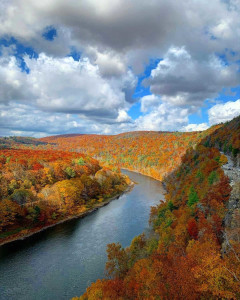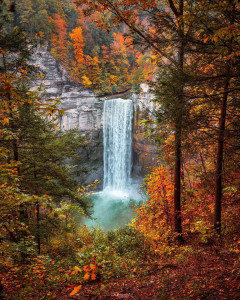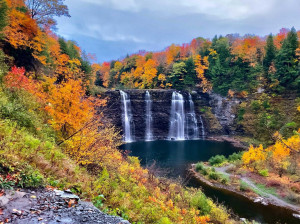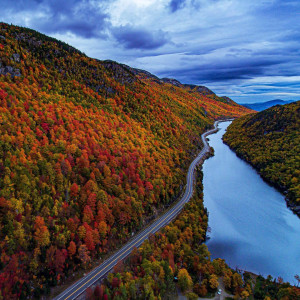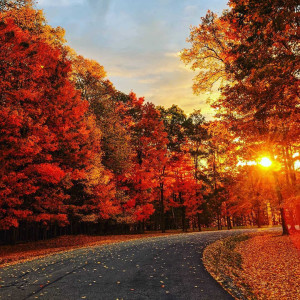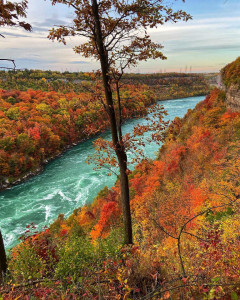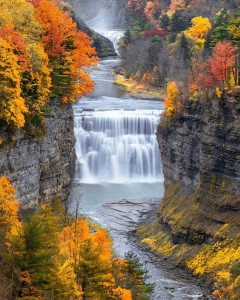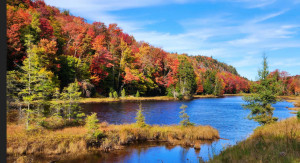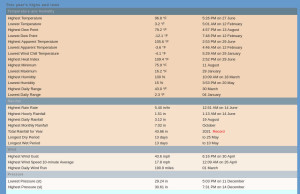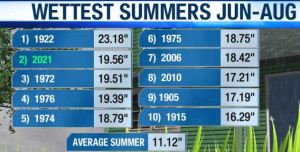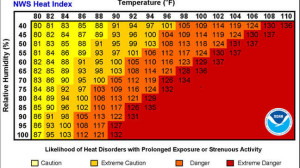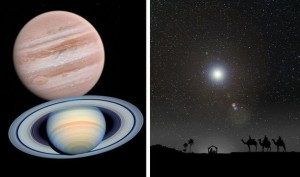
Saturn and Jupiter – Christmas Star
*** Look into the Sky Monday night – 12-21-2020 ***
After a tough year of lockdowns and living through the coronavirus pandemic, many of us are looking for a sign of hope. The world may get that sign on Monday, when Jupiter and Saturn come together to form a great light in the night sky.
And it’s all too fitting that this should happen right before Christmas. Let me explain.
Roughly in the year 6 B.C., Roman Emperor Caesar Augustus ordered that the whole empire be taxed, via a census. In order to do so, all citizens had to return to their ancestral villages. Among the many travelers returning home to pay taxes were the Virgin Mary and her husband, Joseph.
Mary was pregnant, and on their journey from Nazareth to Bethlehem, the Virgin Mary began delivering the baby. The closest place to stop was an inn, but all the rooms were full. So they were sent out to the manger where Mary gave birth to Jesus, who Christians believe is the son of God.
At the same time that Mary and Joseph were traveling to Bethlehem, what looked like a bright star appeared in the night sky. According to tradition, great celestial events signaled the rise of kings and God’s favor.
In the Bible, three wise men knew the tradition and sensed that this great “star” would lead them to their savior, so they followed it to an inn in Bethlehem, where they found Mary, Joseph and baby Jesus.
The star that signaled the birth of Jesus Christ and led the wise men to their savior became known as the Star of Bethlehem and later the Christmas Star.
This Christmas Star that led the wise men to Jesus has become an iconic symbol of Christianity and the light we must follow during the holiday season. We see the star on top of Christmas trees and in Nativity scenes, all in reference to the original star that introduced Jesus to the world.
Since the star plays a central role in the Christmas story, many people have debated whether it was real or just a symbol of the light Jesus would bring into the world.
Stars symbolize emerging hope, God’s plan for the world, and even the journey to find God in our lives as the wise men did. Many people believe that the Christmas Star was just that: a biblical symbol.
Others, however, think that the Christmas Star was a real, physical, celestial object. Scientifically, it is possible that the Christmas star did exist but is known today as what we call a great conjunction.
According to NASA, what has become known popularly as the Christmas Star is “an especially vibrant planetary conjunction easily visible in the evening sky over the next two weeks as the bright planets Jupiter and Saturn come together, culminating on the night of Dec. 21.”
Jupiter and Saturn appear to us on Earth to be aligned in the sky about once every 20 years. But this year, the planets will pass each other closer than they have in 400 years. Plus, this will be the first time in 800 years that the alignment occurs at night, allowing people around the world to see it.
A conjunction between the planets could occur on any date throughout the year, as it has in the past. But this year is special because Jupiter and Saturn will reach their closest apparent separation on the winter solstice, the darkest day of the year.
**** How to see it for yourself ****
For those who would like to see this phenomenon for themselves, here’s what to do:
Find a spot with an unobstructed view of the sky, such as a field or park. Jupiter and Saturn are bright, so they can be seen even from most cities.
An hour after sunset, look to the southwestern sky. Jupiter will look like a bright star and be easily visible. Saturn will be slightly fainter and will appear slightly above and to the left of Jupiter until December 21, when Jupiter will overtake it and they will reverse positions in the sky.
The planets can be seen with the unaided eye, but if you have binoculars or a small telescope, you may be able to see Jupiter’s four large moons orbiting the giant planet.
Each night, the two planets will appear closer low in the southwest in the hour after sunset as illustrated in the below graphic:
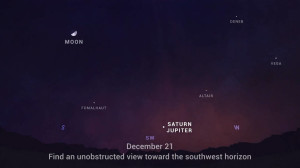
The Great Conjunction
Christmas Star

